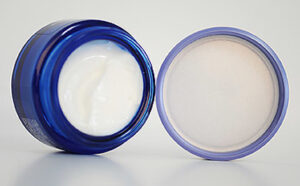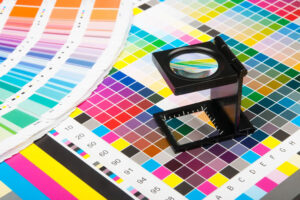What You’ll Learn in This Blog:
- Types of commonly used plastic packaging.
- The roles these plastics play in product safety and functionality.
- How these materials align with eco-friendly and sustainable materials for packaging.
Introduction
Packaging plays a pivotal role in product protection, shelf life, and consumer appeal. Different plastics are used based on their properties, cost-effectiveness, and impact on the environment. Here are some of the most commonly used plastics in the packaging industry:
- PET (Polyethylene Terephthalate):
Known for its strength and clarity, PET is widely used across various industries such as: cosmetics, food & beverage, pharma, and more. It’s highly recyclable, aligning with packaging innovations and with post consumer recycled content (PCR) made from this material makes it a staple in sustainable materials for packaging.
- HDPE (High Density Polyethylene):
Recognized for its stiffness, more rigid packaging with most being chemical resistance, HDPE is used in products like bleach and detergent bottles. It offers excellent environmental stress crack resistance, which is crucial for the packaging of household chemicals. A blend of HDPE and LDPE could also be used for select cosmetic products like hair care products, clamshells, deodorant bottles, and similar.
- LDPE (Low Density Polyethylene):
Softer and more flexible than HDPE, LDPE is used in squeeze bottles and bags. Its properties make it suitable for applications requiring ease of use, like condiment bottles. A blend of HDPE and LDPE could also be used for select cosmetic products like hair care products, which LDPE aids in the making the bottles squeezable for better product evacuation while HDPE helps with maintaining the structure/shape of the packaging.
- Polypropylene (PP):
Known for its versatility, PP is used in both consumer product packaging and industrial applications due to its robustness and resistance to chemical solvents, bases, and acids.
- Polystyrene (PS):
Commonly used in food service packaging and rigid food containers, PS is valued for its affordability and ease of forming. It is less durable compared to other plastics but is excellent for single-use applications where cost efficiency is key.
The use of these plastics is influenced by several factors, including the need for durability, flexibility, and transparency. Advances in polymer technology and a push towards sustainability have led to innovations such as biodegradable plastics, post-consumer recycled (PCR) plastics, and some refined recycling processes, which aid in shaping the landscape of packaging trends for 2025.
Plastic Recycling Code helps identify material types and indicate how easily they can be recycled. Below is a list to understanding these codes for plastic, glass, and paper materials
Code 1- PET/PETE: Common in water bottles; widely recyclable.
Code 2 – HDPE: Found in cleaner bottles; easily recycled.
Code 3 – PVC: Used in toys, shampoo bottles; harder to recycle.
Code 4 – LDPE: Thin bags; check local recycling options.
Code 5 – PP: Straws, food containers; recycling varies.
Code 6 – PS: Styrofoam; generally non-recyclable.
Code 7 – Other: Mixed plastics, including BPA and bio-based types.
As the packaging industry evolves, understanding the properties and applications of various plastics can help manufacturers choose the right materials to meet both consumer expectations and environmental regulations. By aligning with sustainable packaging solutions, and understanding your municipality recycling requirements & exceptions, companies and consumers alike can enhance product appeal and marketability while contributing positively to environmental conservation efforts.
Stay Updated with the Latest in Packaging Solutions!
Keep ahead in the packaging industry by following our latest updates on social media (Linkedin, Instagram). Subscribe to our biweekly newsletter here for the newest insights and strategies directly in your inbox. Explore more detailed articles on our website here, and tune into our Product and Packaging Powerhouse™ Podcast, where we talk about industry trends and innovative solutions.
Connect with us today and enhance your packaging knowledge.
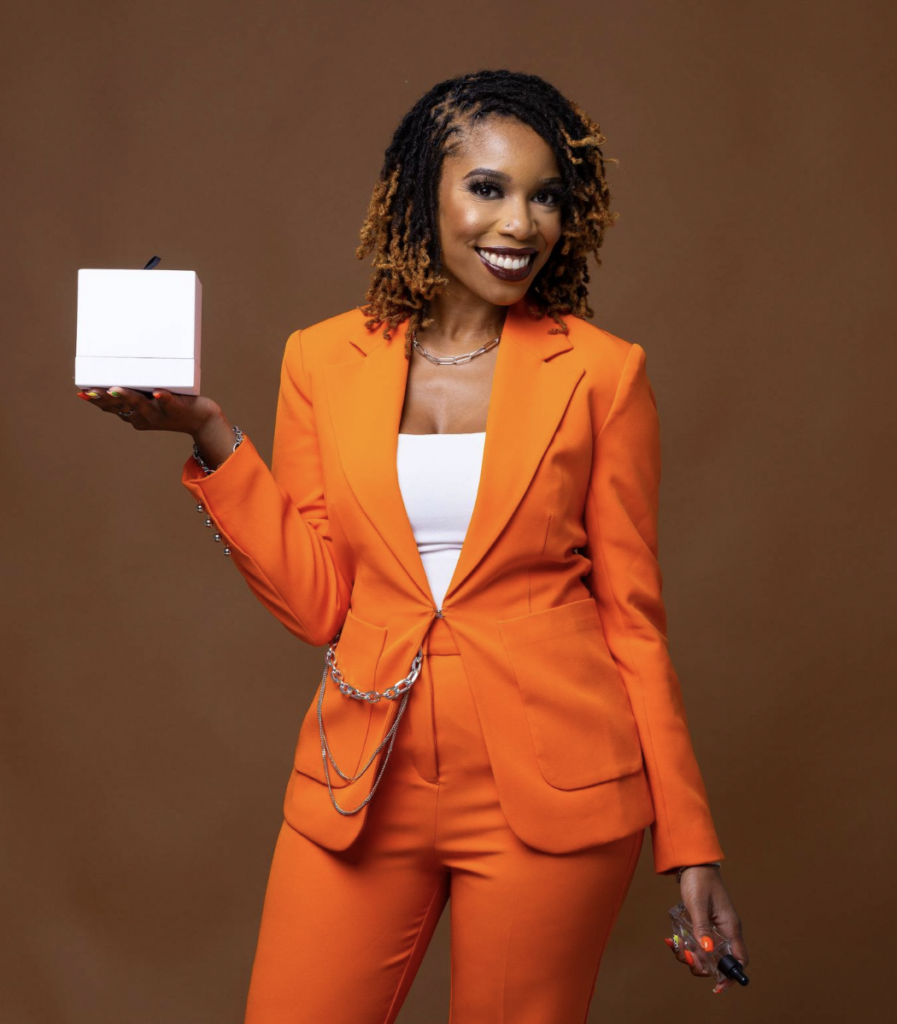
Megan Young Gamble, PMP® is a forward-thinking packaging and project management veteran with more than 10 years’ of experience transforming mere ideas into consumer product goods for today’s leading beauty, wellness, and personal care brands. Known amongst colleagues and clients for her perseverance and “see it through” mentality, Megan The Project ExecutionHER® is the owner and principal consultant of GLC, packaging & project execution team for CPG brands, Co-Owner of Pallet Pros, and Host of Product & Packaging Powerhouse Podcast.
- [FREEBIE] Learn about “day in the life” of a Packaging Project Manager → Get our “Starter Packaging PM Freebie” [link] https://glc.ck.page/thestarterpackagingprojectmanager
- Subscribe & Access our Video Vault YouTube Channel [ link] https://bit.ly/GLConYouTube
- Join our Email List [link] https://glc.ck.page/55128ae04b
- Follow and Connect with Megan on LinkedIn [link] https://linkedin.com/in/megangamble
- Learn about GLC, Packaging & Project execution firm for CPG brands http://www.getlevelconsulting.com
- Work with Me @ GLC, Schedule Discovery Call https://calendly.com/getlevelconsulting/15-minute-insight-session


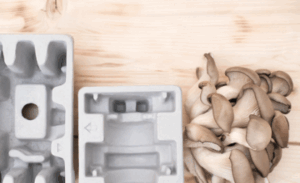
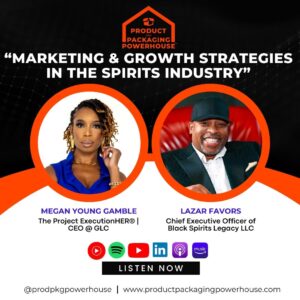

 7 Trends Leading the Sustainable Beauty Revolution – Megan Young Gamble
7 Trends Leading the Sustainable Beauty Revolution – Megan Young Gamble 